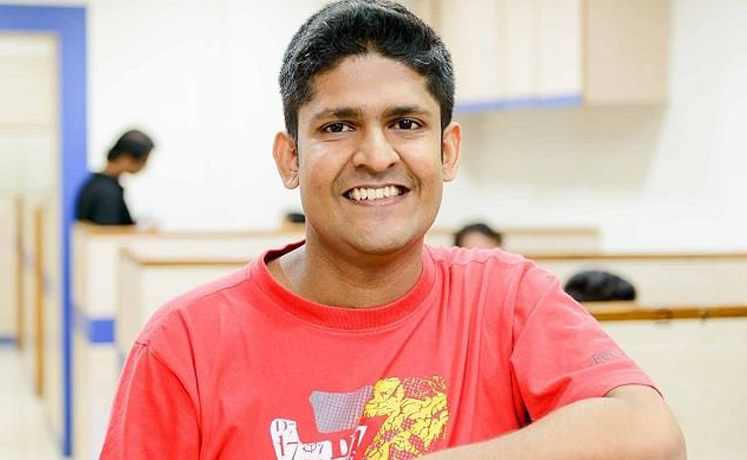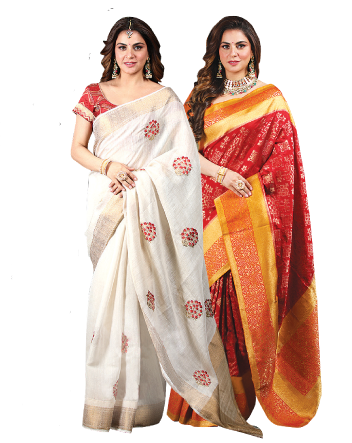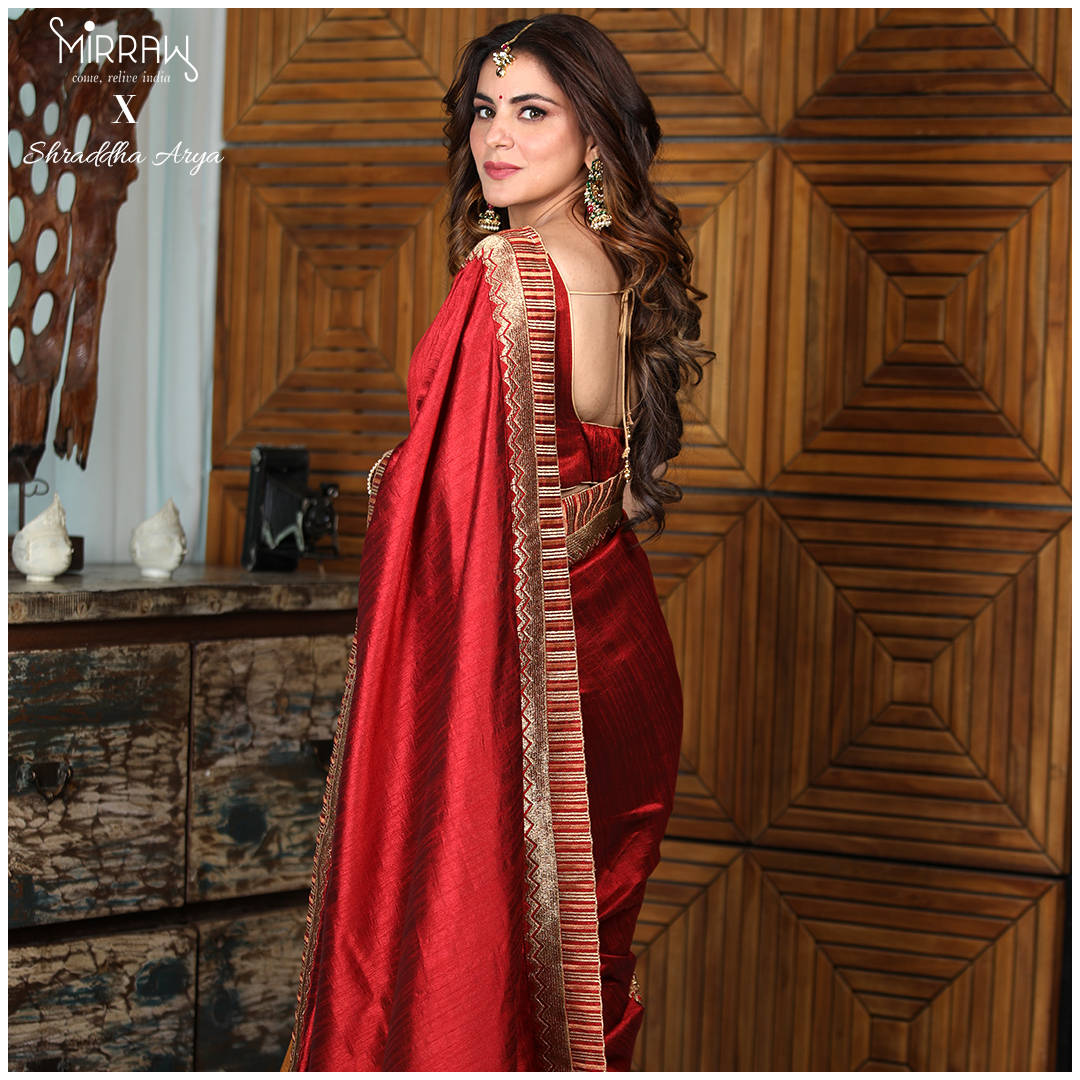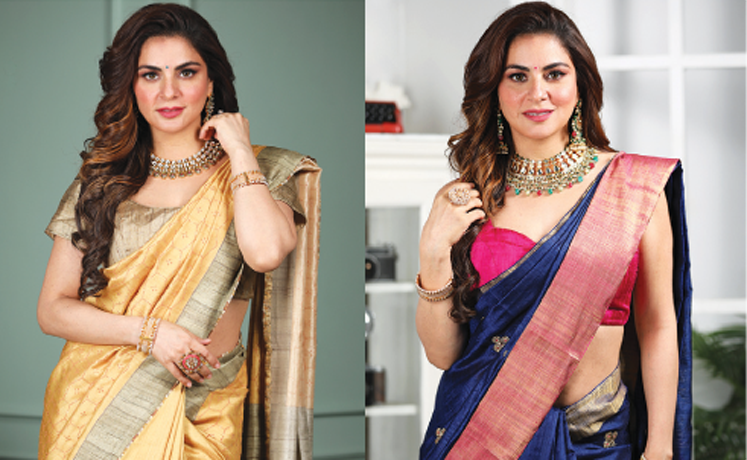The fashion industry in India has gone through massive transformational shifts over the past decade itself – from the entry of a number of international fashion brands in the country to an equal or more number of home-grown brands being launched, giving competition to these foreign brands as well as Indian established brands. Indian consumers too have witnessed a lifestyle change influenced by Indian as well as Western fashion sense.
While the exposure to international fashion trends was being seen as a threat to the traditional ethnicwear segment, the segment continued to grow courtesy its huge popularity amongst Indian consumers, especially for occasions like festivals and weddings, etc. According to Technopak, the total Indian ethnicwear market is valued at Rs. 70,000 crore with womenswear in the category operating at 85 per cent (Rs. 59,500 crore) share in the market and is expected to grow at a CAGR of 10 per cent till 2022. Even as a large part of this market is unorganised, there have been a number of pure play online as well as offline brands in the segment that have tasted success and have continued to offer the best of options in the ethnic as well as fusionwear segment.
One such online marketplace, seamlessly offering ethnic jewellery, apparel, accessories and gifts, Mirraw was launched in 2011 by Shailesh Jain and Anup Nair and went on to cross Rs. 100 crore mark by 2015, courtesy its product assortment and the recession-proof wedding industry in India, special occasions, traditional festivals and demand for office clothing/workwear.

Anup Nair, Co-Founder, Mirraw, asserts, “We are India’s largest Indianwear online superstore. With more than 200k SKUs across categories viz., sarees, kurtis, salwaar-kameez, lehenga, jewellery, kidswear and more, our products are affordable and in-line with latest trends. Our latest offering is the celebrity curated collection in collaboration with Indian Television fame, Shraddha Arya. The quintessential product range is highly affordable and has been comfortably priced between Rs. 1,845 and Rs. 3,795 taking into consideration a varied customer base.”
What’s on offer?
Mirraw is one of India’s largest ethnicwear online stores with over 200,000+ products listed on the website and more than 5 million customers worldwide. The brand caters to consumers across India and also in US and European market. Mirraw is a bootstrapped company that started with just Rs. 1 lakh and clocked around Rs. 5,000 crore in revenue by the end of 2016. The brand always focused on ROI-driven marketing, laying emphasis on developing a superlative product.
“Our strategy of picking a single vertical, going deep into it and only then expanding into newer segments has worked very well. We plan to continue with this modest approach to achieve our next big goal for Mirraw.com,” adds Anup Nair.
Mirraw was launched out of a necessity and a problem encountered by the co-Founder Shailesh Jain. He wanted to buy a saree for his mother and have it delivered to her in India. But he couldn’t find a decent web store to place his order. This is what triggered the thought of starting an ethnicwear e-commerce platform. While the online brand has few in-house labels across categories like jewellery, sarees and kurtis, it has more than 400 vendors selling on the platform.
“For our in-house labels, we can deliver within 3-4 days across most of the pin codes in India. Furthermore, we also have more than 400 vendors listing their products across categories. There is stringent quality check when we onboard a vendor, which is followed by periodic quality checks from time to time. We take customer NPS very strongly and take relevant actions against defaulting vendors on quality of the products. We source all our products from domestic manufacturers,” maintains Anup Nair. While the online ethnicwear brand offers a slew of products to its customer base, the fastest moving category has been kurtis and sarees.
Scope in various markets
Sarees and in fact most ethnicwear connects almost all regions in India with each other and while Western fashion has influenced a large chunk of women population, the ethnicwear category has still got its charm and women across the length and breadth of the country prefer ethnic clothing for workwear, for special occasions, for weddings and festivals, etc. Even as most of these purchases are from the unorganised sector, from the local stores, the consumers are slowly moving towards the organised segment and now more than ever, are inclined to shop from online platforms for ease of convenience and also to avoid visiting physical stores during the ongoing pandemic. Not only the metros, the smaller towns too have become more aware about the branded clothing and are getting more inclined towards shopping from the organised players.

Anup Nair avers, “More than 60 per cent of our buyers are from Tier-2 and Tier-3 regions. We see this market growing and evolving further as the demand increases. Also, we are planning to expand our product portfolio. The idea is to offer more designs, variety and at various price points; so we could increase penetration. In terms of going offline, we are currently working on handful of projects and will explore this in the next fiscal.”
The Covid impact and the way ahead
While the pandemic has been exceptionally challenging for businesses across categories, online shopping has been a boon – not just for business owners, but for shoppers too. Mirraw has taken this opportunity to even expand its offering and is introducing products in menswear and kidswear range, home and kitchen utilities and has even a curated beauty and personal care segment. The online marketplace has always had focus on Indian origin products, created by artisans and karigars from across the country.
“There has been a very interesting surge in demand after the initial 2 months of the pandemic. E-commerce before Covid occupied less than 10 per cent of the entire retail market. Now due to the lack of offline retail options, customers are turning to shop online. So even though individually people might have reduced their shopping expenditure, as a combined effect of 10x customers coming online, e-commerce has received a big boost in all categories. The diversity of online options, the time you can spend in browsing and choosing, the joy of building your shopping cart without having to carry it around, the ease of purchase without interaction, the ability to change your mind more than once – all of these experiences make online shopping a very fun experience. To top it all, the delight of receiving a new package everyday has been the dose of oxytocin that people have craved in this house arrest phase,” says Anup Nair.

There definitely have been challenges during the lockdown phase in terms of supply and delivery of goods and Mirraw too had to shut its warehouse for the first 60 days of total nationwide lockdown. “Post this, we had to rethink the wholewarehouse layout to ensure maximum separation possible between workstations and minimum interaction points. In most cases, we created a dispatch flow where at max 2 people interact with and complete the dispatch of a single product. Lot of specialised picking and packing technology was required to achieve this workflow logic. Not to mention our team was RT PCR tested at 15-day interval and had daily temperature checks to ensure good health of our team,” concludes Anup Nair.







